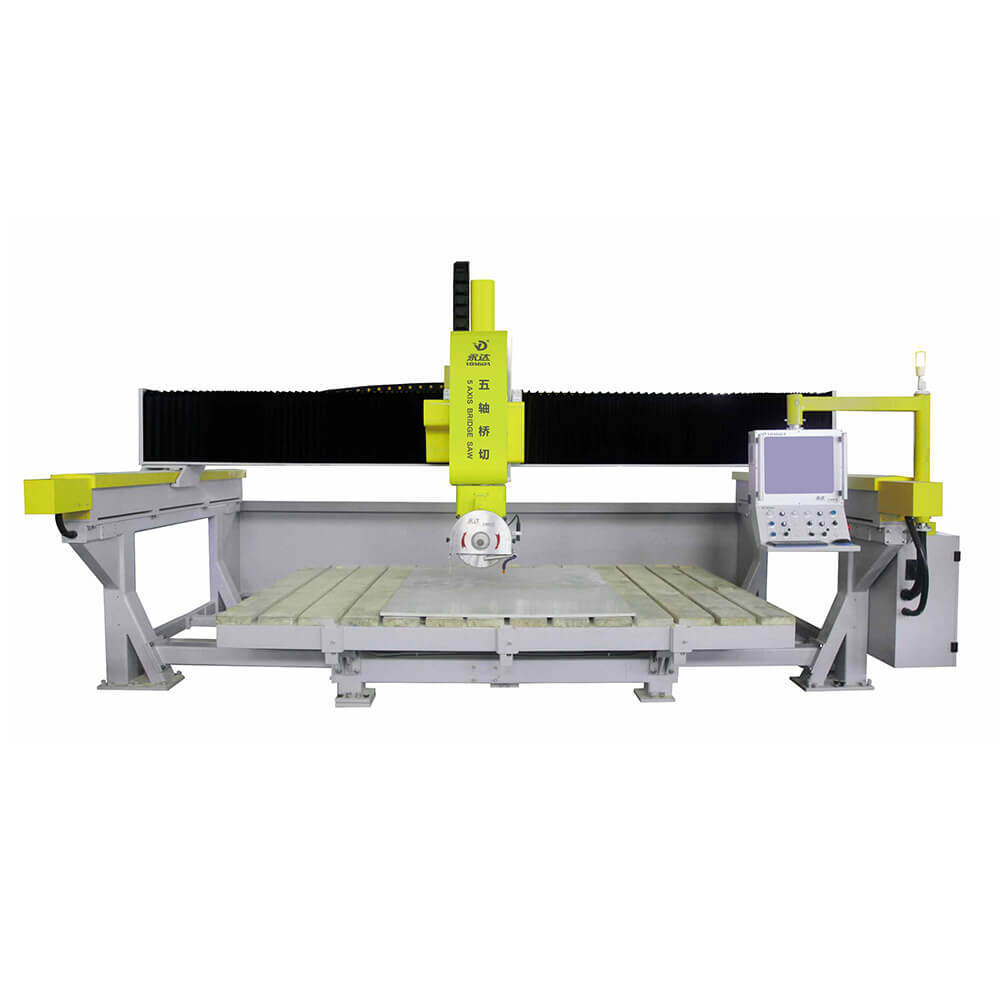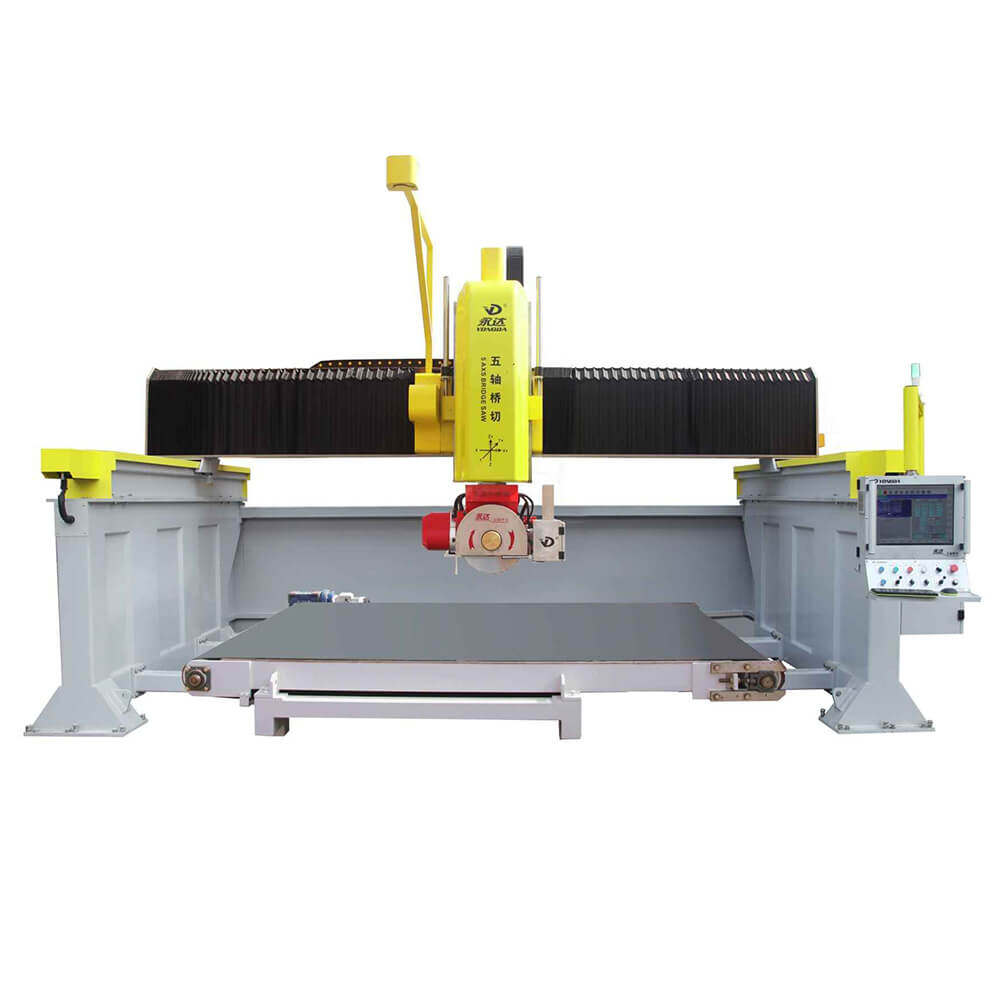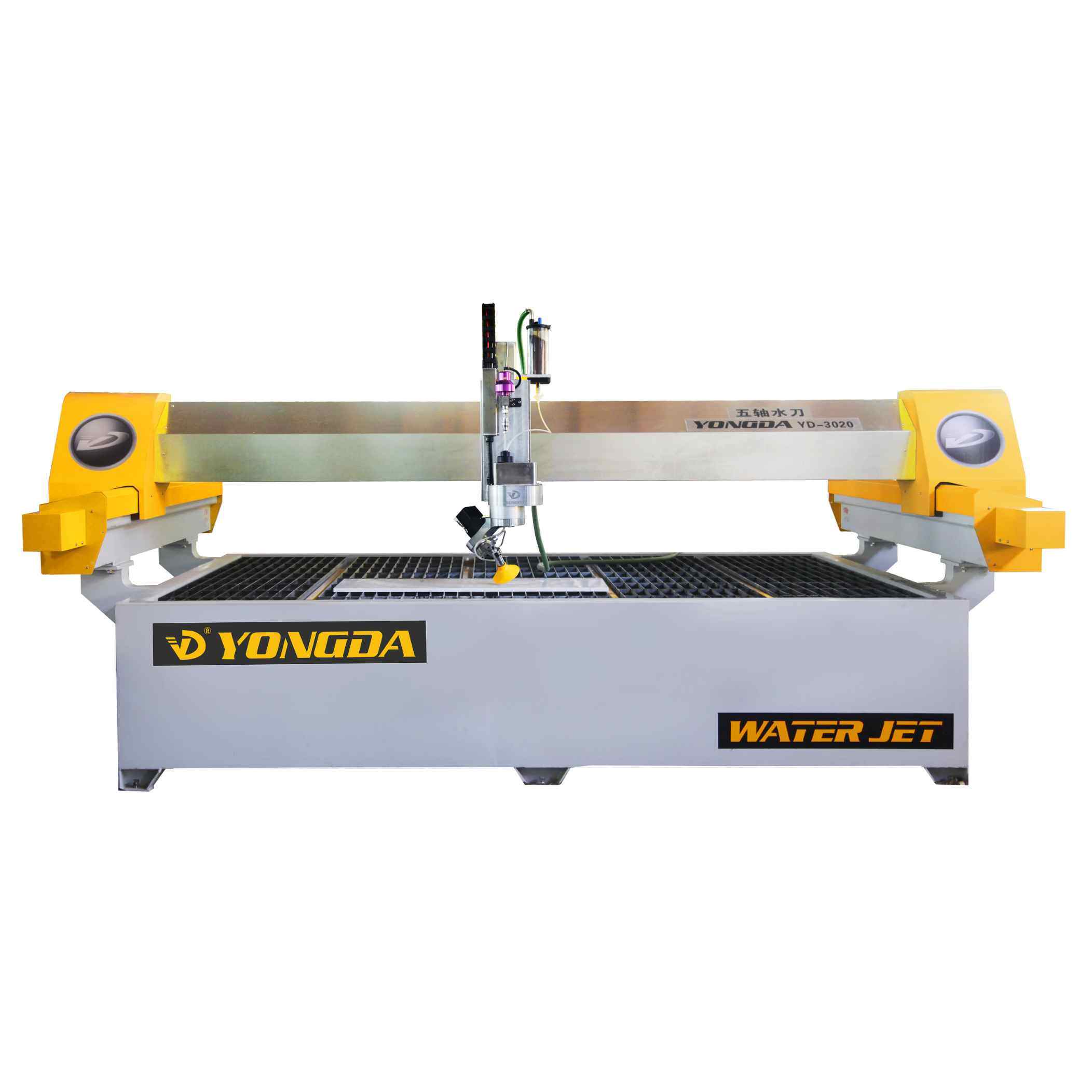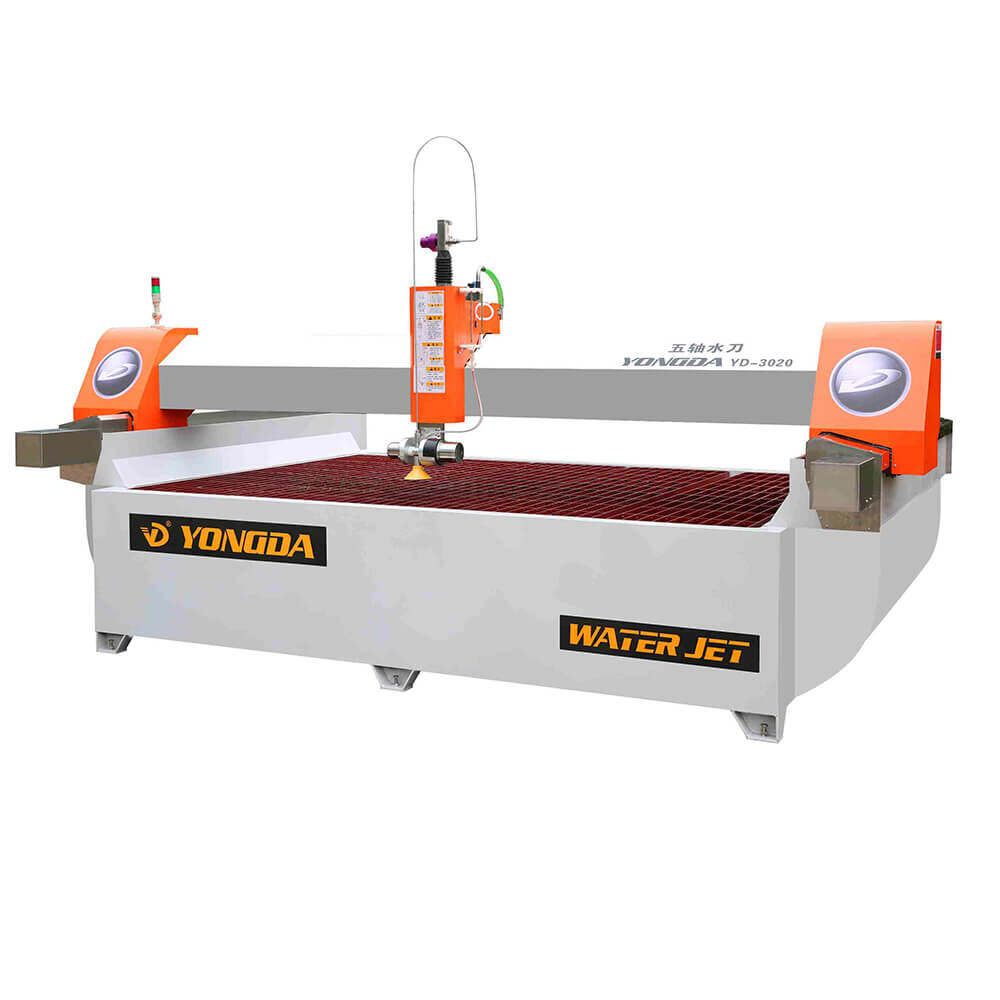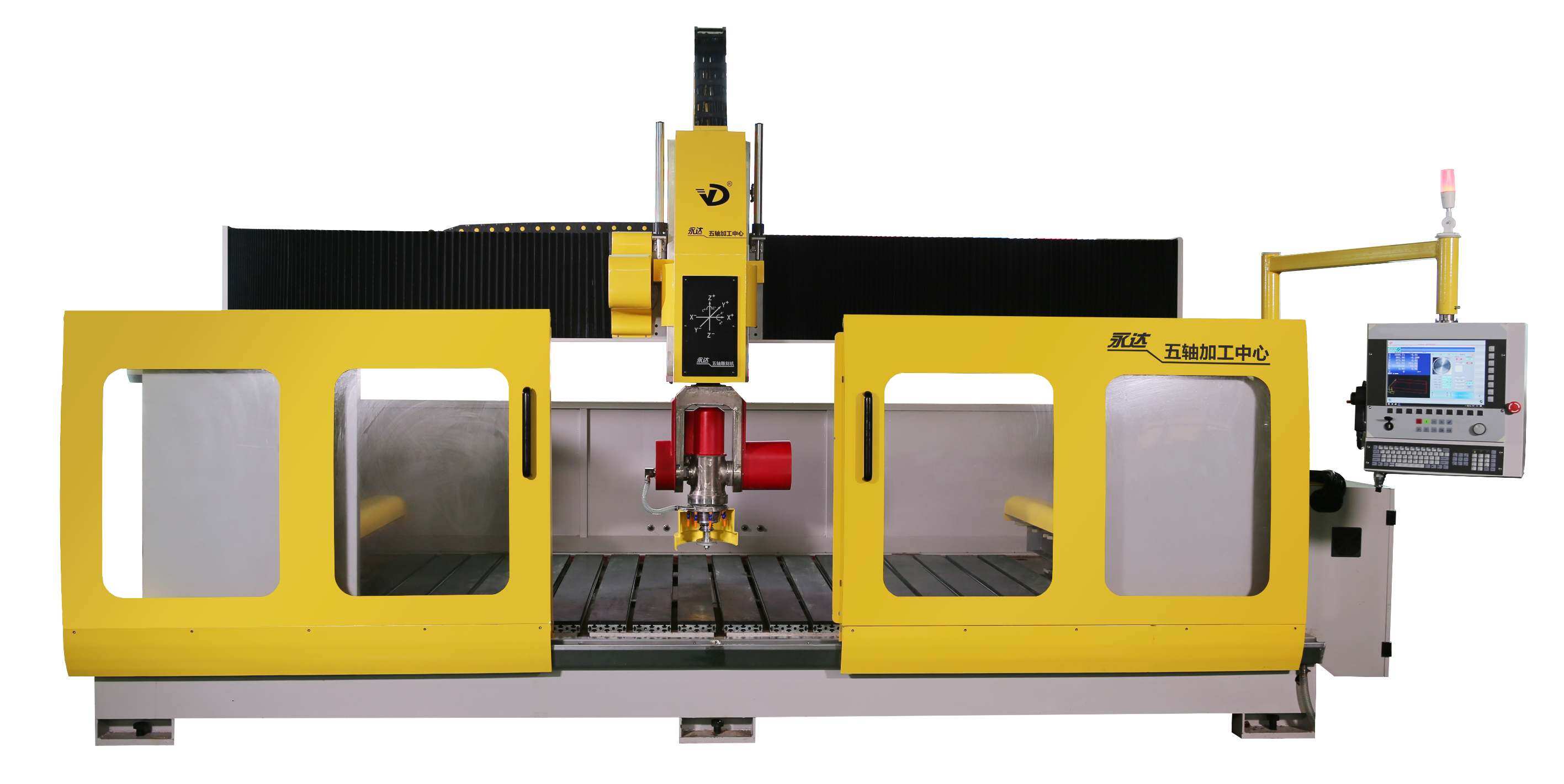In the world of stone fabrication and architectural precision, bridge cutting machines have become a cornerstone technology. Traditionally associated with straight-line cutting of marble, granite, quartz, and other hard materials, a question that frequently arises is: Can a bridge cutting machine cut curves?
The short answer is yes, but the capabilities vary based on the machine's axis configuration, software integration, and blade control.
Understanding the Basics of Bridge Cutting Machines
A bridge cutting machine is a type of CNC (Computer Numerical Control) equipment designed to cut stone slabs into precise shapes and sizes. It operates by moving a cutting head—usually equipped with a diamond saw blade—across a bridge gantry system, ensuring high accuracy and stability during operation.
Key Components of a Bridge Cutting Machine:
● Bridge Gantry: Provides stable movement for the saw head.
● Spindle Motor: Powers the rotation of the diamond blade.
● CNC Controller: Executes cutting programs, including straight lines, angles, and arcs.
● Rotating Table: Allows positioning of the stone for angled or curved cuts.
● Axis Configuration (3-axis, 4-axis, 5-axis): Determines the range of motion and complexity of cuts.
How Do Bridge Cutting Machines Cut Curves?
Cutting curves is not inherently impossible for bridge saws, but it requires specialized design features. The primary enabler is multi-axis movement.
3-Axis vs. 4-Axis vs. 5-Axis Capabilities
● 3-Axis Bridge Cutters can cut straight lines and simple angles, but are limited when it comes to free-form curves.
● 4-Axis Bridge Cutting Machines add a rotary movement, enabling cutting along arcs and gentle curves, ideal for circular tabletops, sink cut-outs, and decorative edge work.
● 5-Axis Bridge Cutting Machines offer full freedom of movement. They can perform 3D contouring, bevel cuts, mitering, and complex curved profiling, making them suitable for intricate interior design applications and bespoke architectural stonework.
Applications Where Curve Cutting is Essential
1. Kitchen and Bathroom Countertops: Cutting smooth sink holes, corner arcs, and decorative edges is a daily requirement in the fabrication of quartz countertops and granite vanities. A 5-axis CNC bridge cutter ensures these details are handled flawlessly.
2. Architectural Elements: Curved staircases, window sills, column claddings, and arched doorways require precise, curved stone elements. These components demand the freedom of motion only available in advanced CNC bridge saws.
3. Memorials and Monuments: In memorial stone fabrication, engraving curved text, cutting circular tombstones, or flower motifs necessitates high-precision curve cutting.
4. Interior Design Features: Waterjet-style curved designs in floor medallions, mosaic inlays, and wall claddings are achievable using bridge cutters equipped with advanced features like interpolated cutting paths.
Design Trends Driving the Need for Curved Cutting
Modern architecture is moving away from hard geometric forms toward more organic, fluid shapes. As such, fabricators need equipment that can keep pace with evolving design preferences.
● Minimalist Edge Curves: Popular in Scandinavian and Japanese-inspired interiors.
● Nature-Inspired Forms: Mimicking river bends and dunes in stone sculptures.
● Curved Facades and Cladding: Prominent in luxury hotels and commercial lobbies.
For fabricators to stay relevant, investing in curved cutting technology is not a luxury—it's a necessity.
Technical Requirements for Effective Curve Cutting
Blade Type and Maintenance
Segmented Diamond Blades are preferred for both straight and curved cuts. Maintaining a sharp edge and optimal coolant flow is vital for precision arc cutting.
Table Movement and Vacuum Handling
A rotating or tilting worktable helps position slabs at optimal angles. Vacuum suction systems reduce the risk of micro-movements during cutting, essential when following tight curve radii.
Operator Skill and Training
Though CNC controls much of the operation, skilled operators can fine-tune settings, troubleshoot inaccuracies, and ensure the design intent is faithfully executed.
Limitations and Considerations
While cutting curves with a bridge saw is achievable, certain limitations exist:
Minimum Curve Radius: Machines cannot cut curves tighter than the blade’s kerf allows.
Material Hardness: Ultra-hard stones like porcelain slabs may chip more easily along curves.
Speed vs. Quality: Faster cuts may reduce edge quality in curves, requiring post-processing.
Why Choose Yongda's 4-Axis and 5-Axis Bridge Cutting Machines?
When curve-cutting precision matters, Yongda stands out as an ideal choice in stone cutting solutions. Yongda’s 4-axis and 5-axis bridge saws are engineered to deliver unmatched curved and 3D cutting performance, combining durability, software integration, and intelligent automation.
Key Advantages of Yongda Machines:
Precision 5-Axis Movement: Cut complex shapes, angles, and contours with ease.
Advanced CAM Software: Seamless integration with 3D design tools for curve-heavy projects.
Heavy-Duty Frame: Reduces vibration during high-speed curved cutting.
Waterjet Compatibility: Some models feature hybrid capabilities for ultra-precise inlay work.
Factory Calibration: Ensures machines arrive ready to perform demanding curved cuts.
Whether you're fabricating luxury quartz countertops, designing custom stone furniture, or delivering architectural stone cladding, Yongda’s cutting-edge equipment makes it possible.
Conclusion
Can a bridge cutting machine cut curves? Absolutely—especially when you're working with the right technology. With the evolution of 4-axis and 5-axis bridge cutting machines, curved cuts are not just possible—they're precise, efficient, and production-ready.
As design expectations rise and material applications diversify, investing in a curve-capable bridge saw is a smart move for any modern stone fabricator. For those seeking reliability, performance, and scalability, Yongda bridge cutting machines provide a future-proof solution tailored to the needs of today’s stone processing industry. Feel free to contact us for more detailed information.


